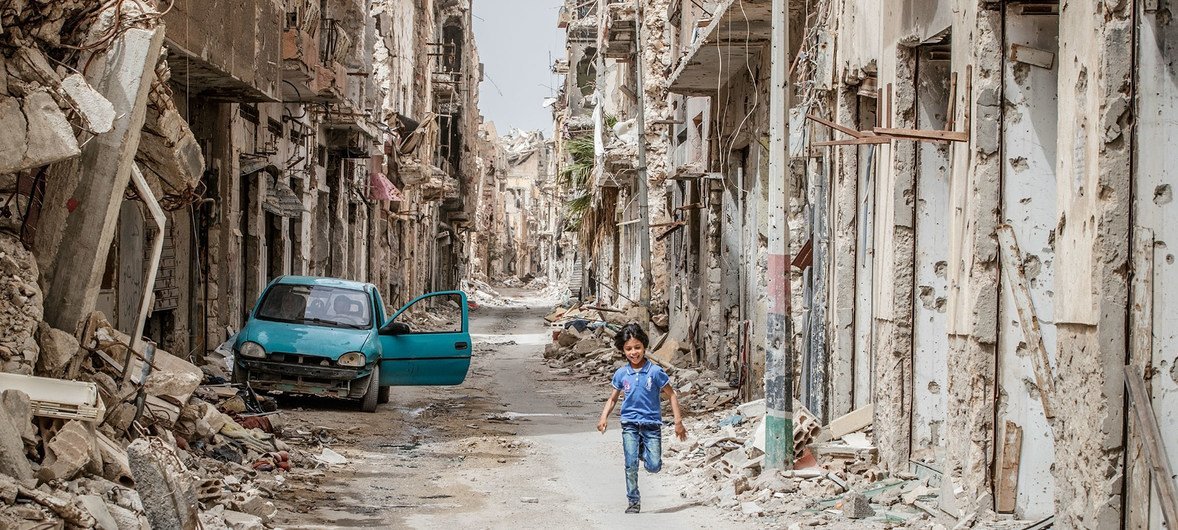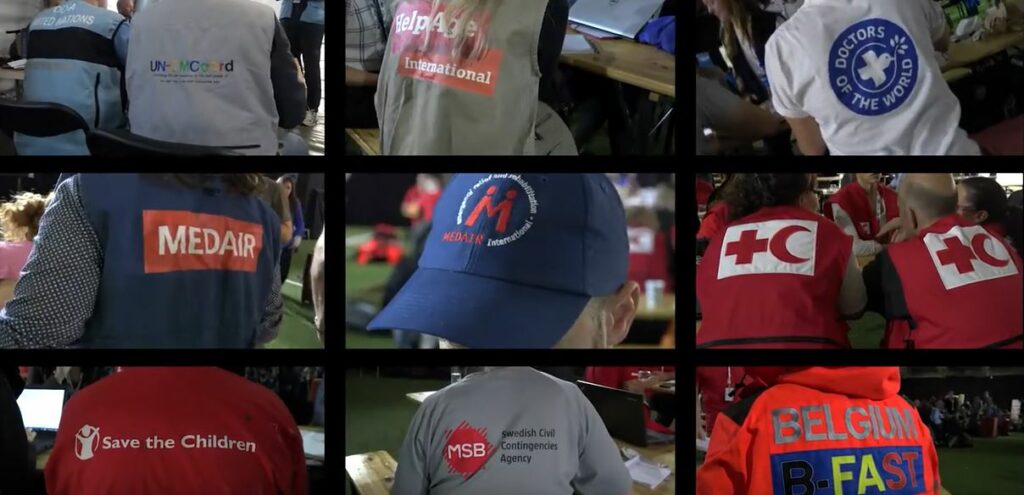In 2011, the Libya War unleashed a humanitarian crisis as thousands fled the conflict, seeking refuge in neighboring countries like Tunisia. As refugee camps rapidly grew along the Tunisian border, the need for coordination and infrastructure to manage the influx of displaced people became urgent. The United Nations, including UNHCR and UN OCHA, mobilized to provide relief and ensure the safety of those escaping the conflict.
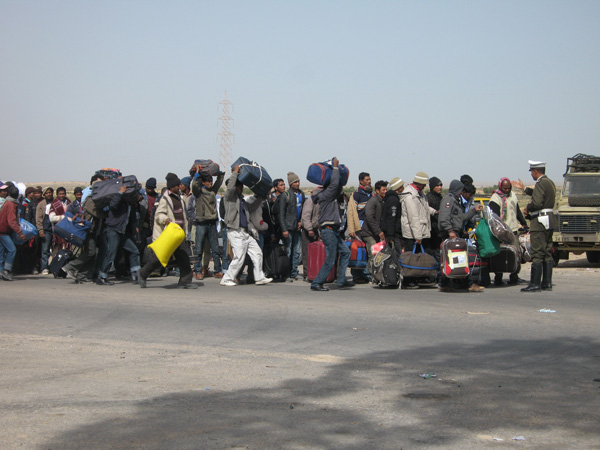
IHP’s Role: Supporting UNDAC and UNHCR in Tunisia
In response to the escalating crisis, the International Humanitarian Partnership (IHP) deployed a team to support UNDAC (United Nations Disaster Assessment and Coordination) and UNHCR in their operations in Tunisia. IHP’s contribution focused on two key areas:
Telecommunications and IT Support
A two-person team from Norway’s DSB (Directorate for Civil Protection and Emergency Planning) was sent to assist UNDAC with establishing reliable telecommunications and IT facilities. These resources were essential for enabling coordination between agencies and ensuring efficient information sharing across the growing refugee camp.
Jan Olsson, a member of the IHP team and UNDAC support staff, described the scene:
“The OSOCC (On-Site Operations and Coordination Centre) was buzzing with activity, coordinating humanitarian efforts for the thousands of refugees who arrived daily. The ICT setup allowed agencies to work efficiently under immense pressure.”
Base Camp for Humanitarian Workers
IHP also supported the establishment of a base camp to house UNHCR and UNDAC staff working on the ground. The camp provided office spaces, accommodation, and essential facilities for aid workers, enabling them to focus on their critical missions.

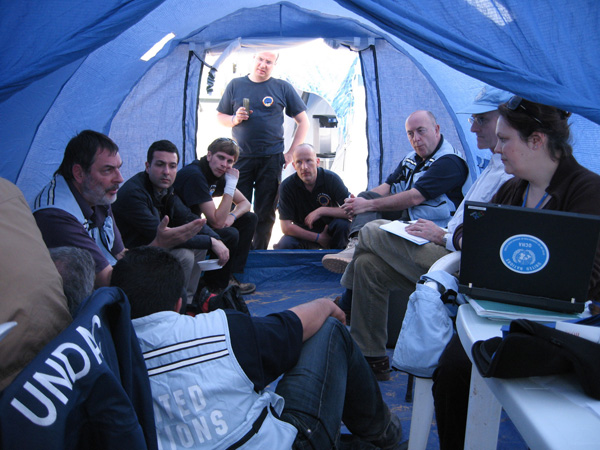
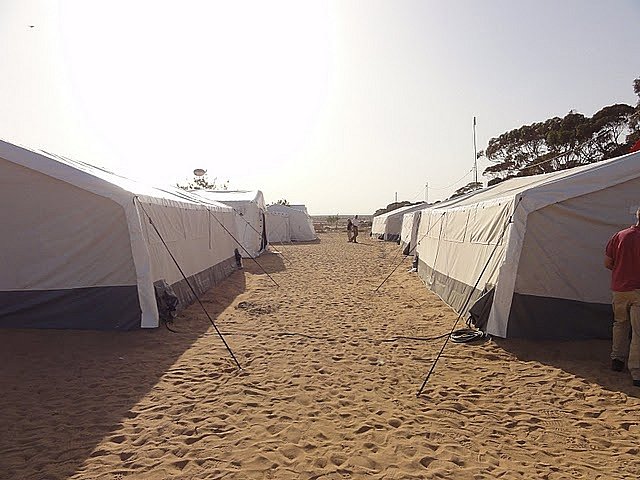
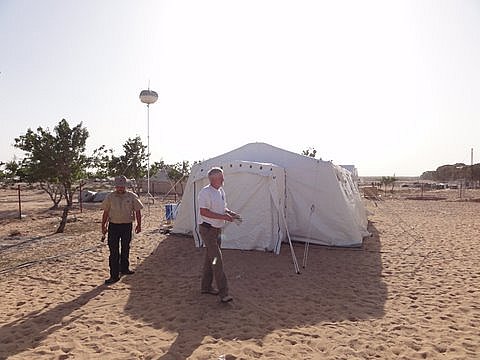

Cover Photo Credit: UNICEF/Giovanni Diffidenti
